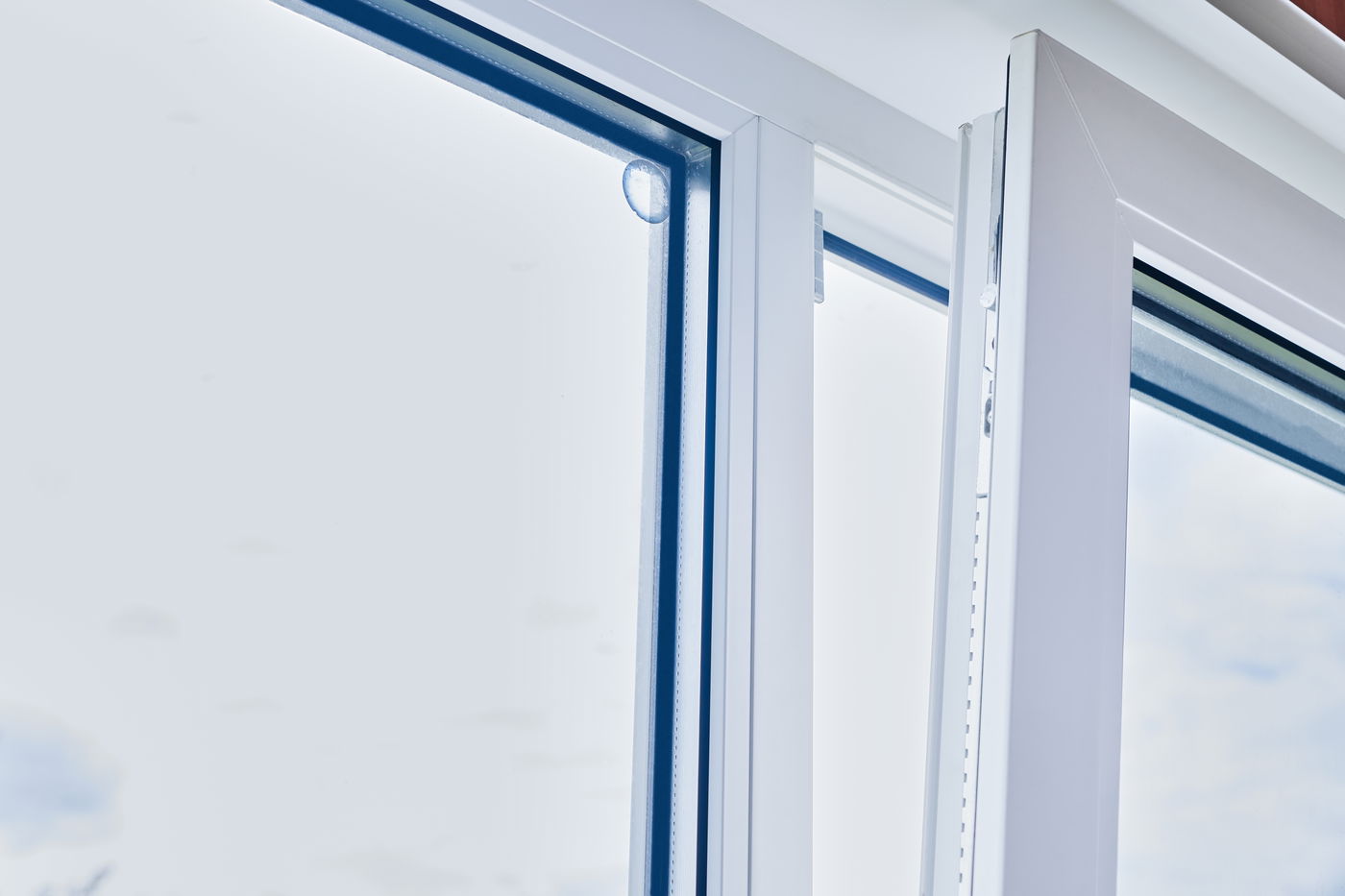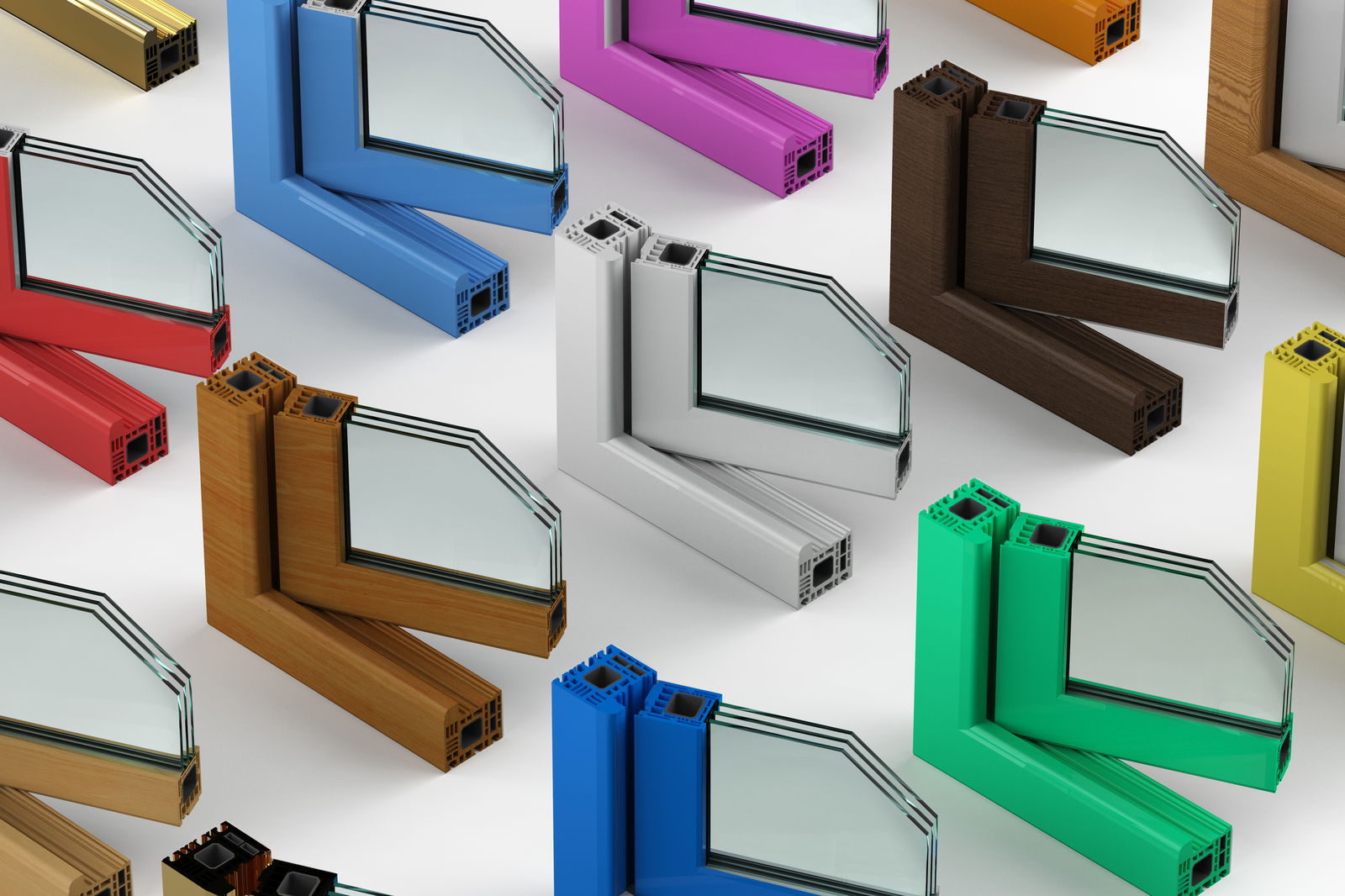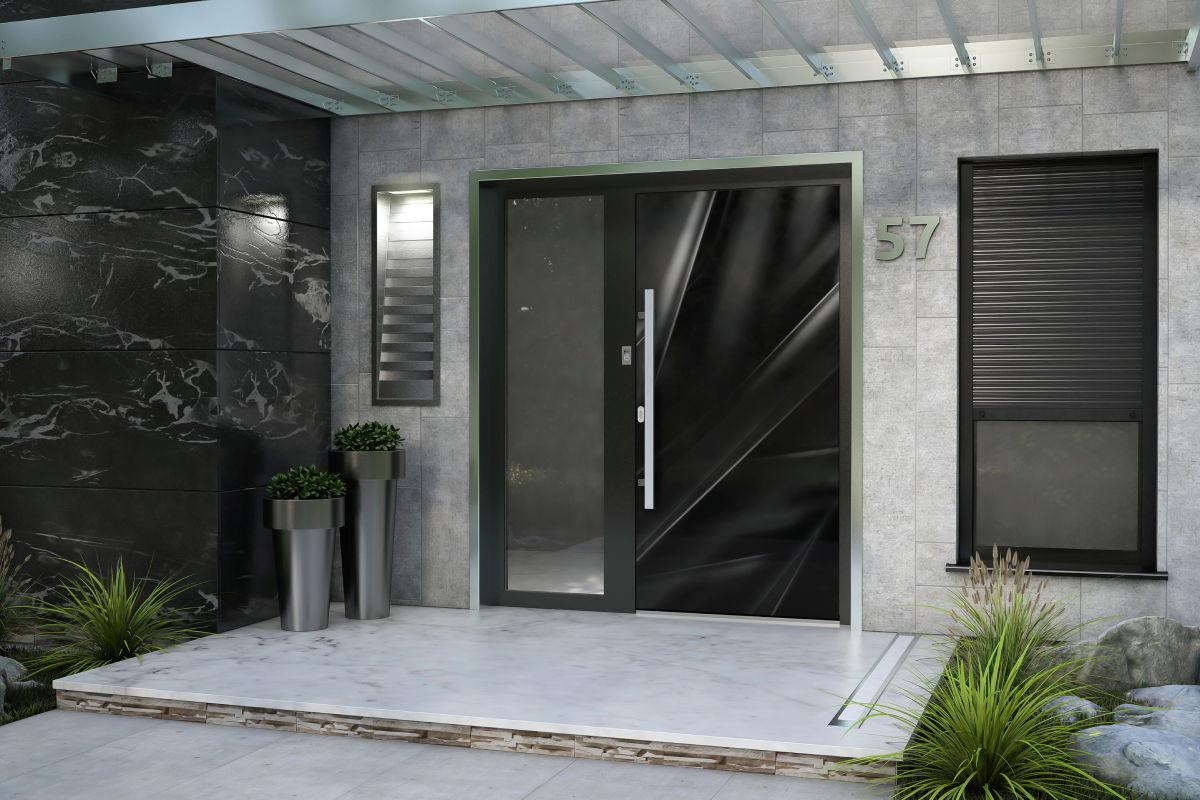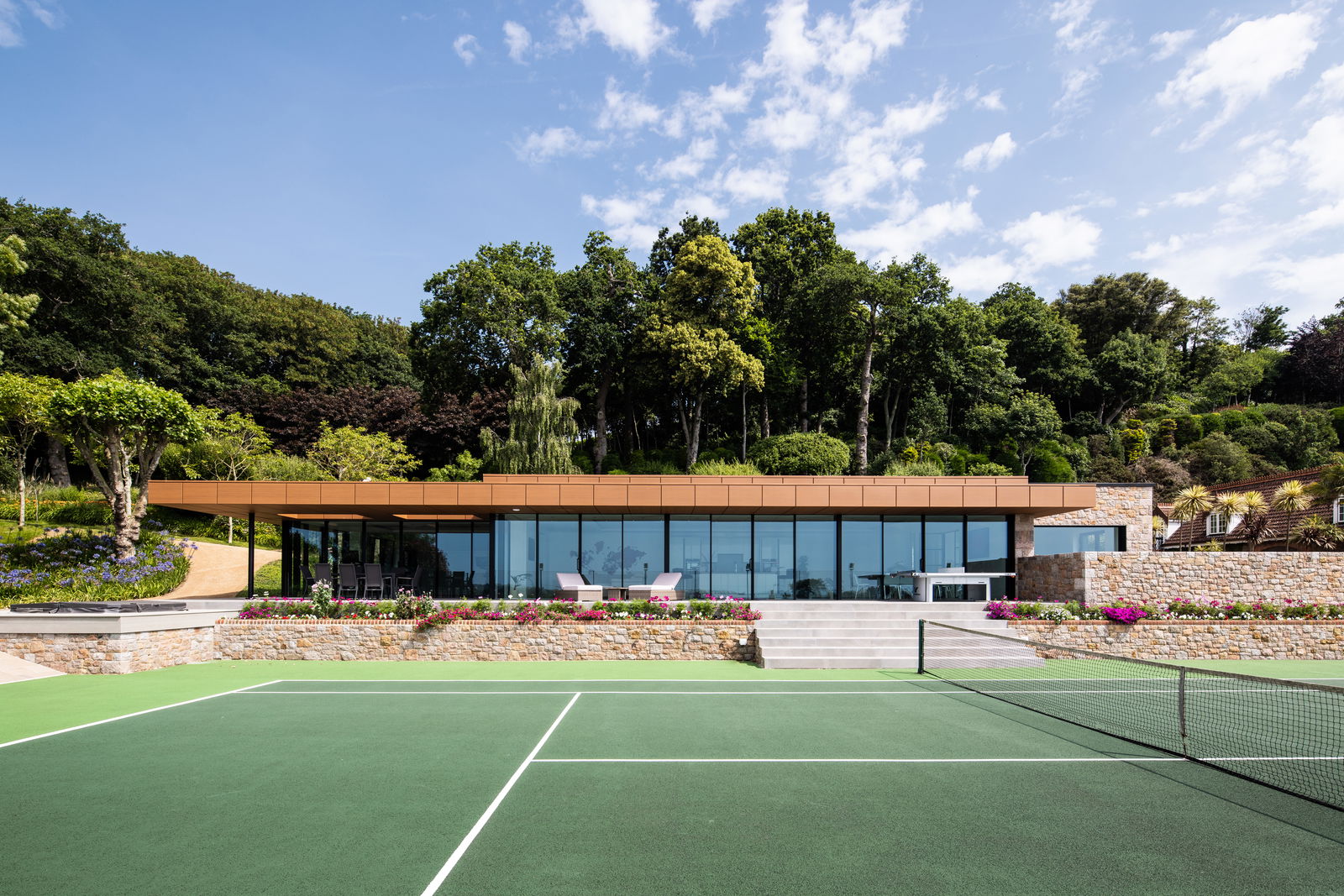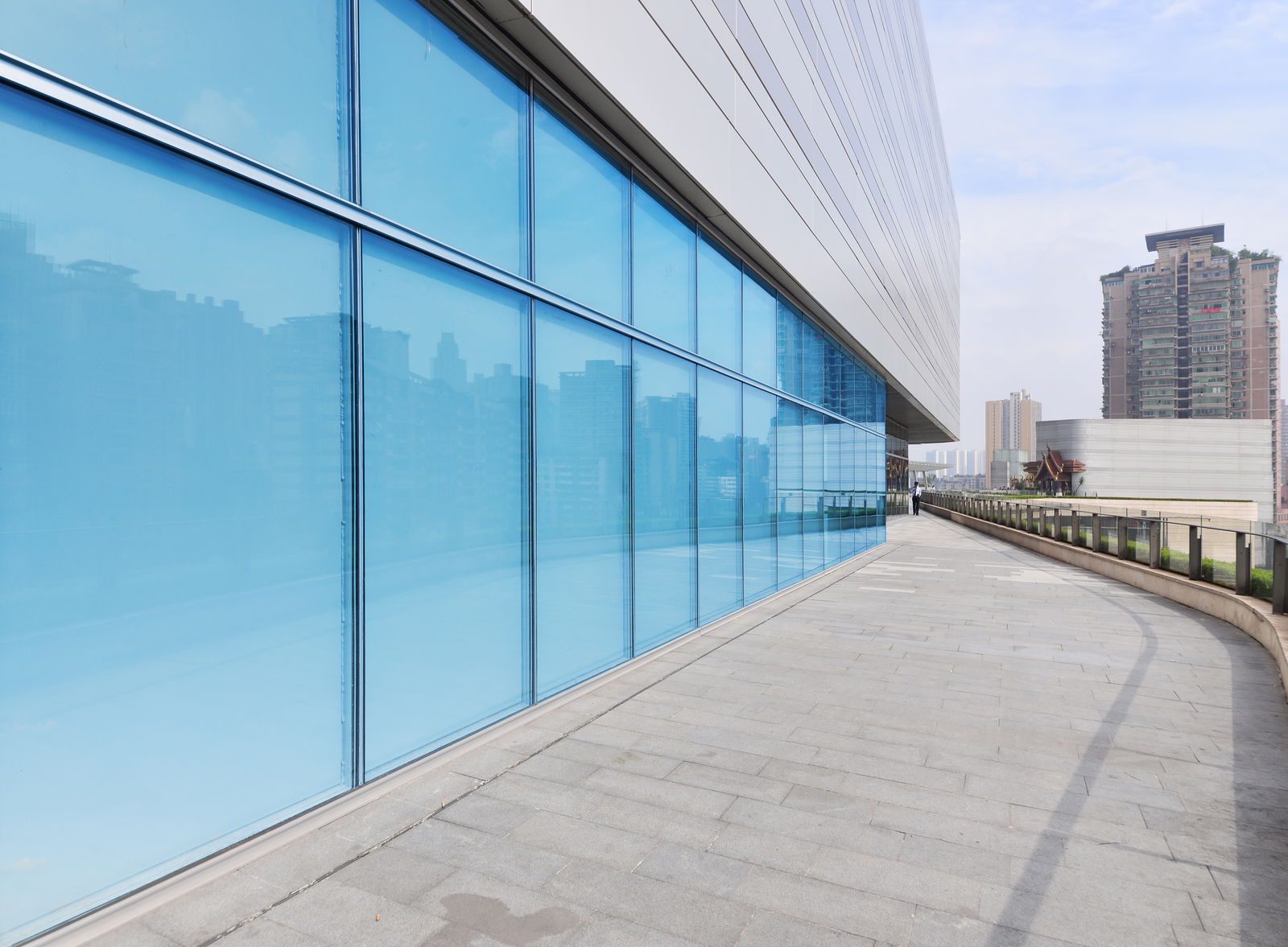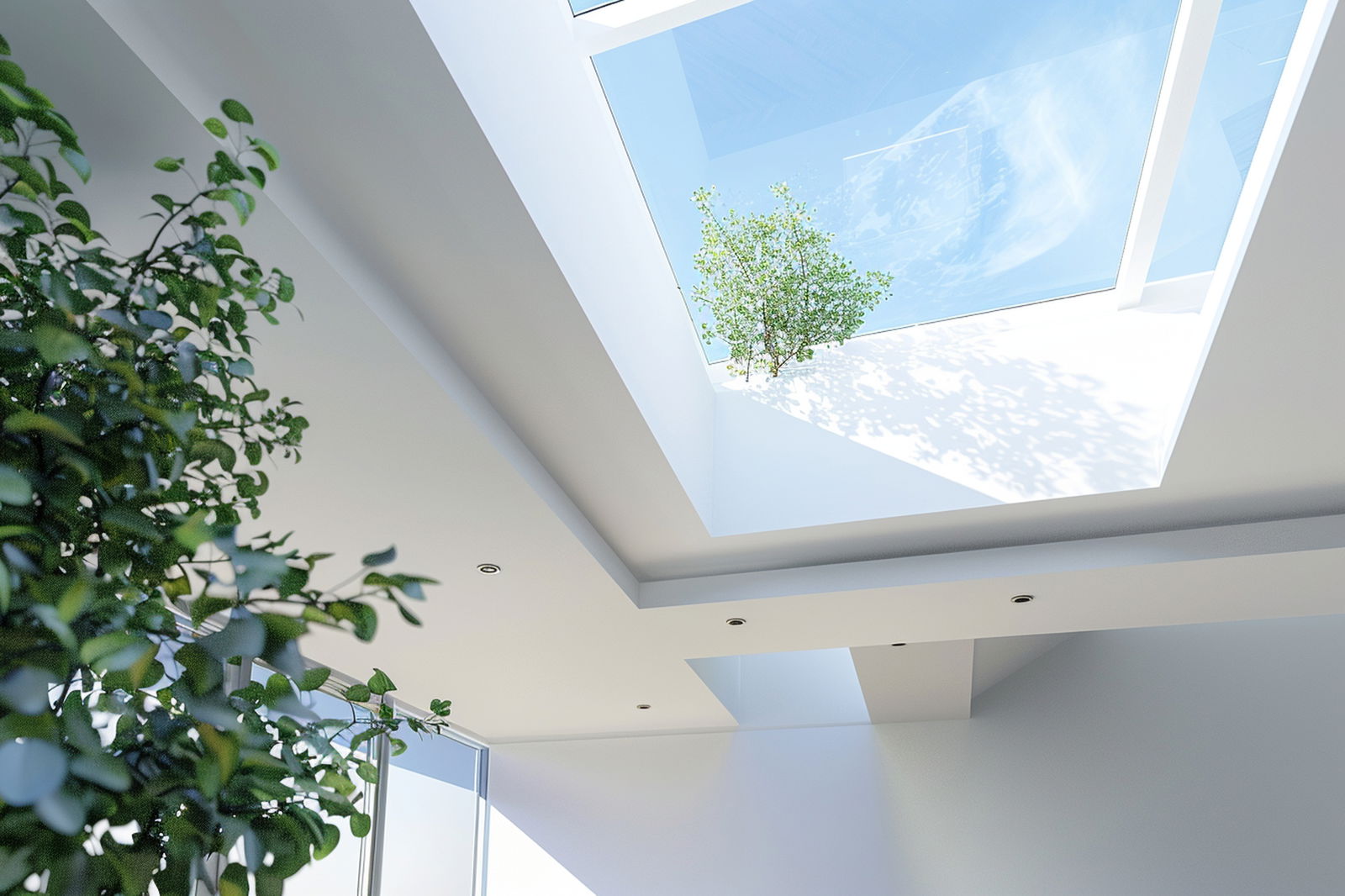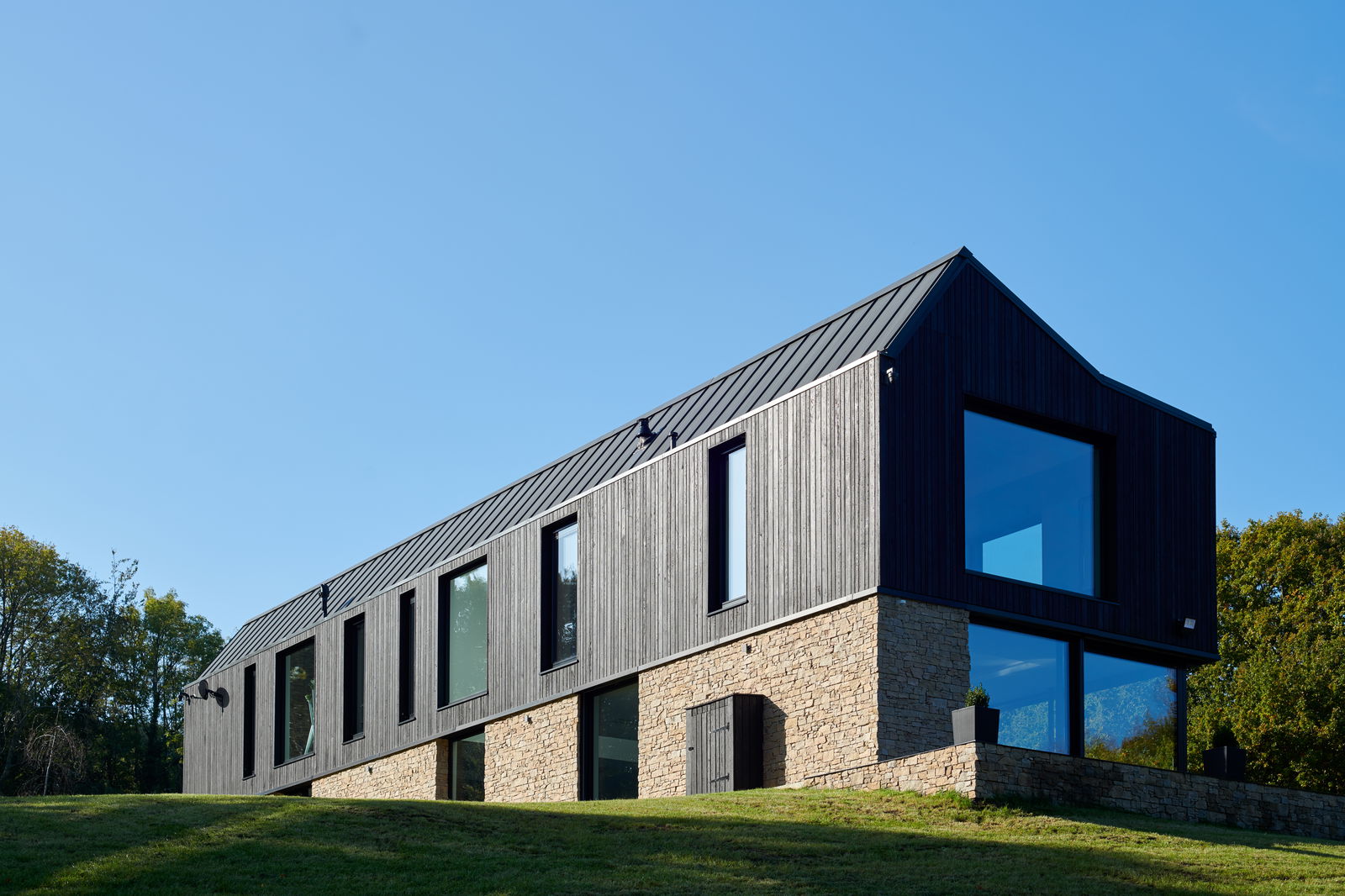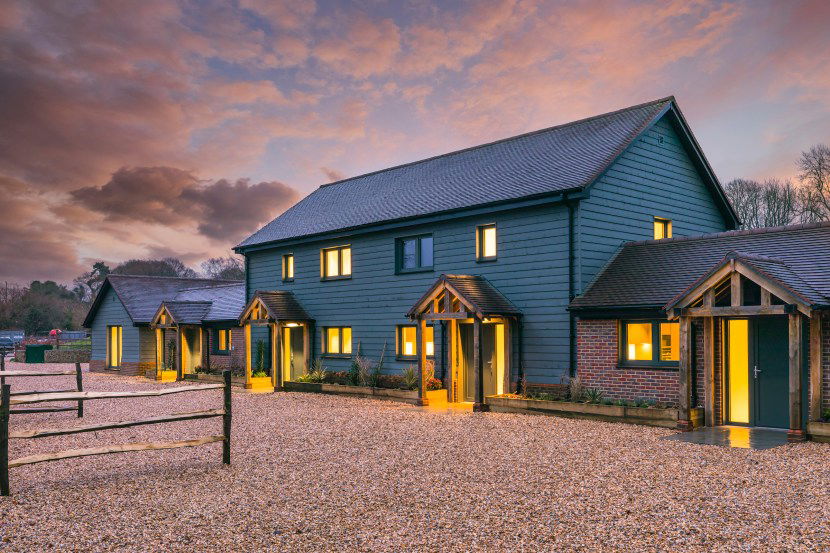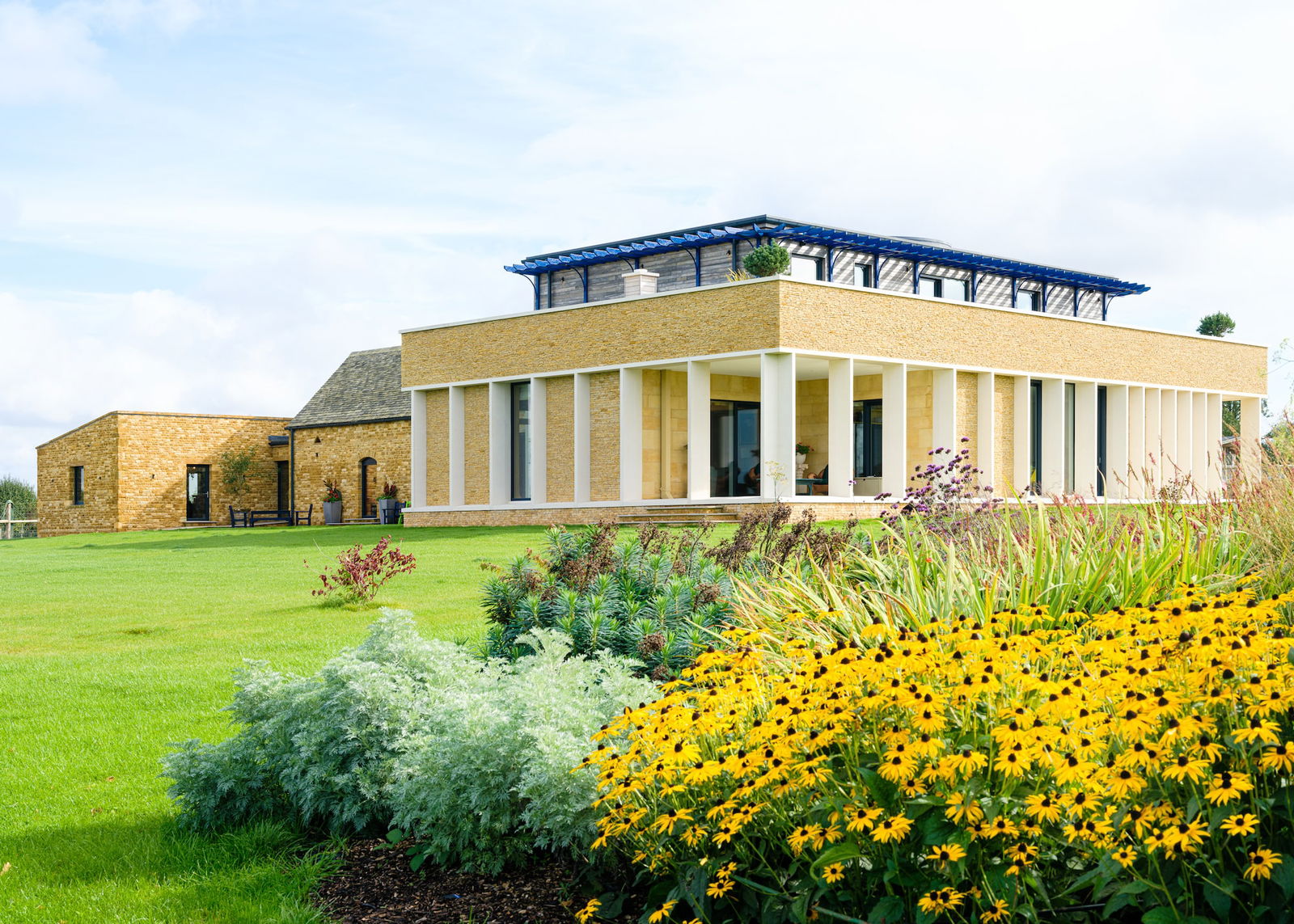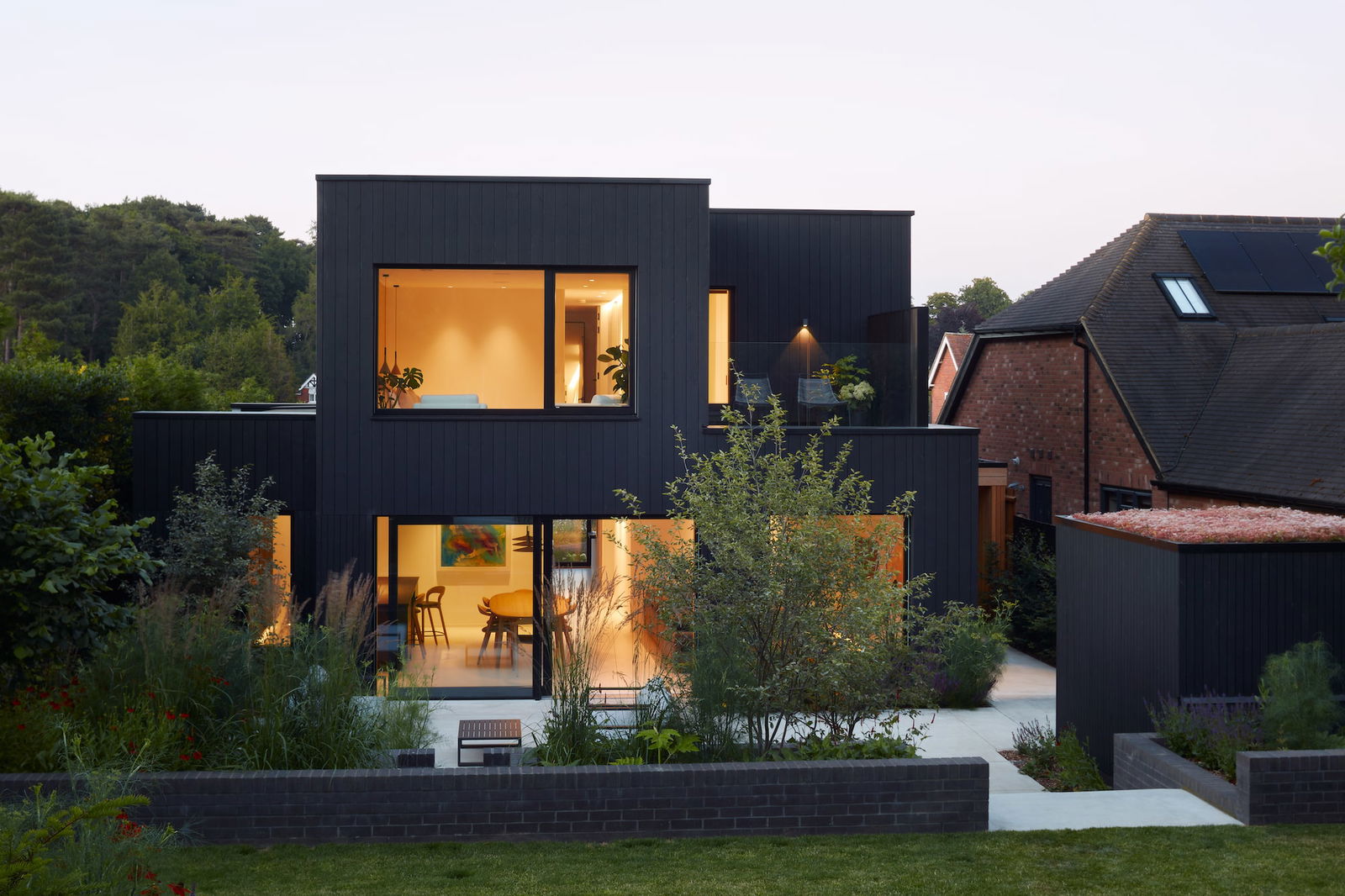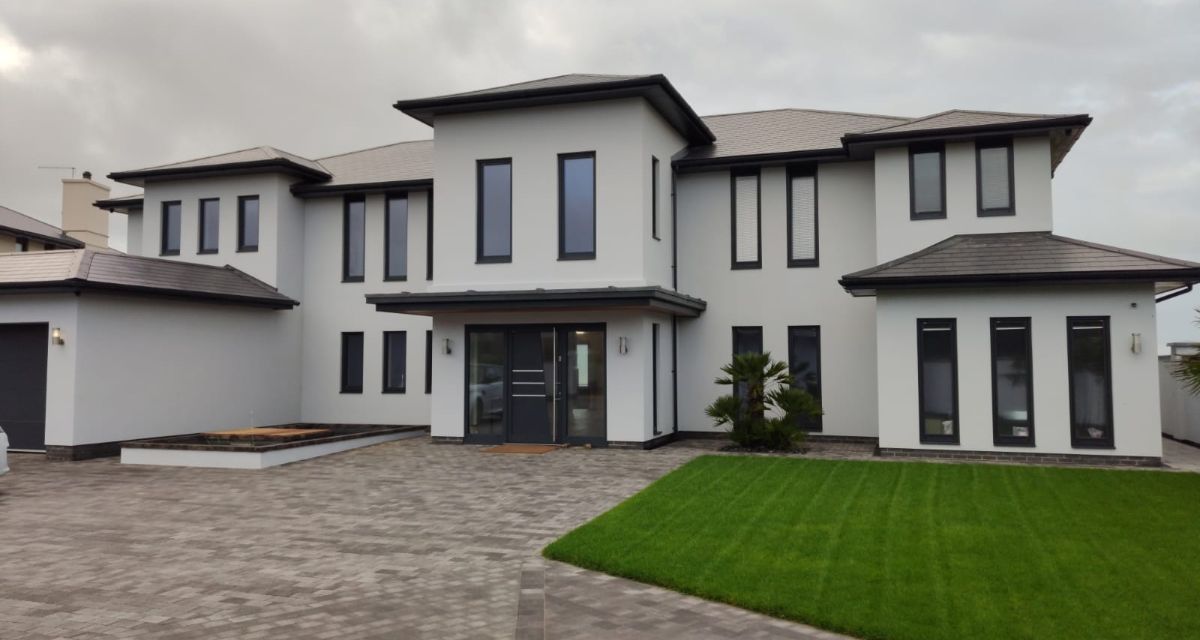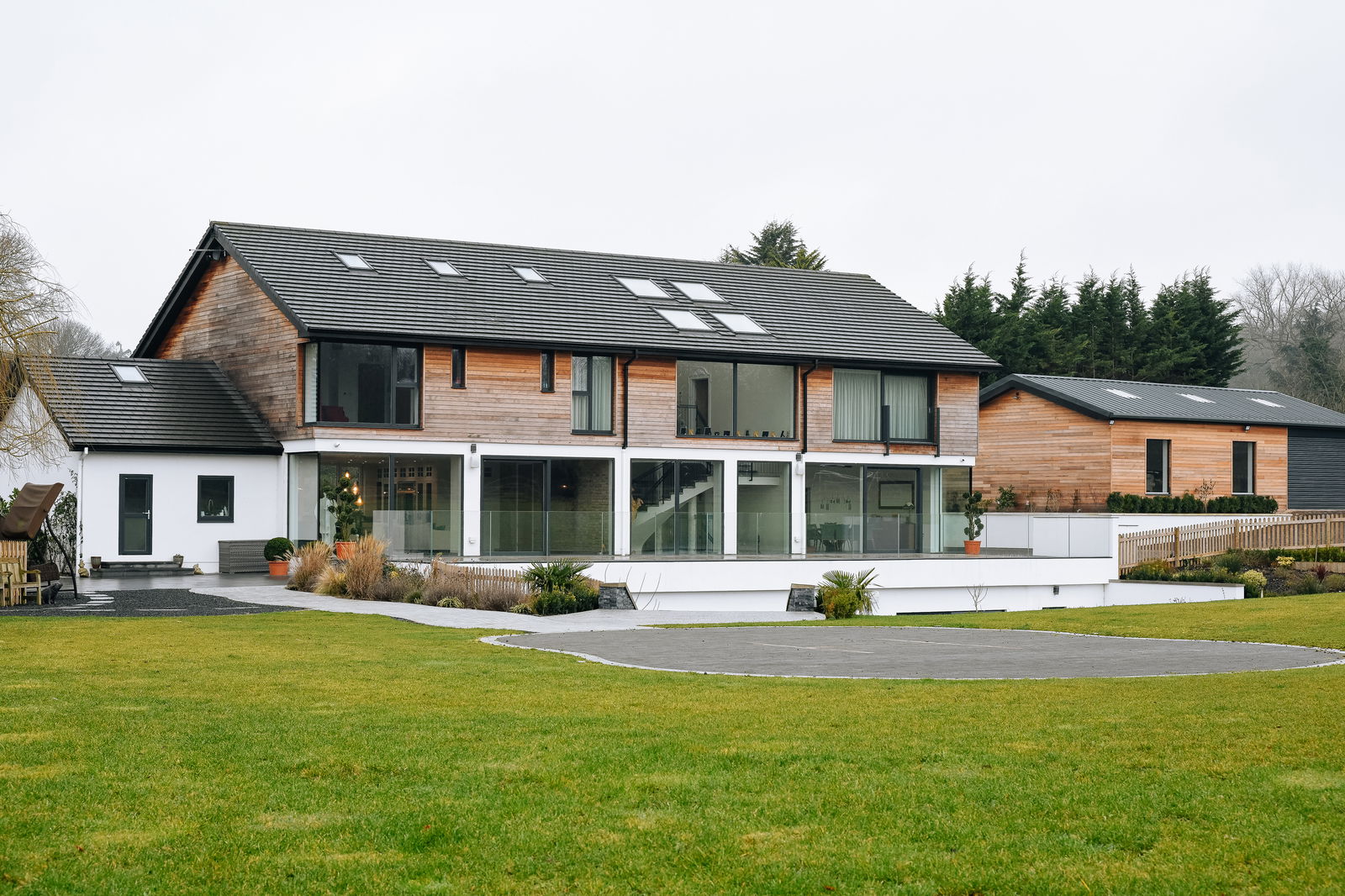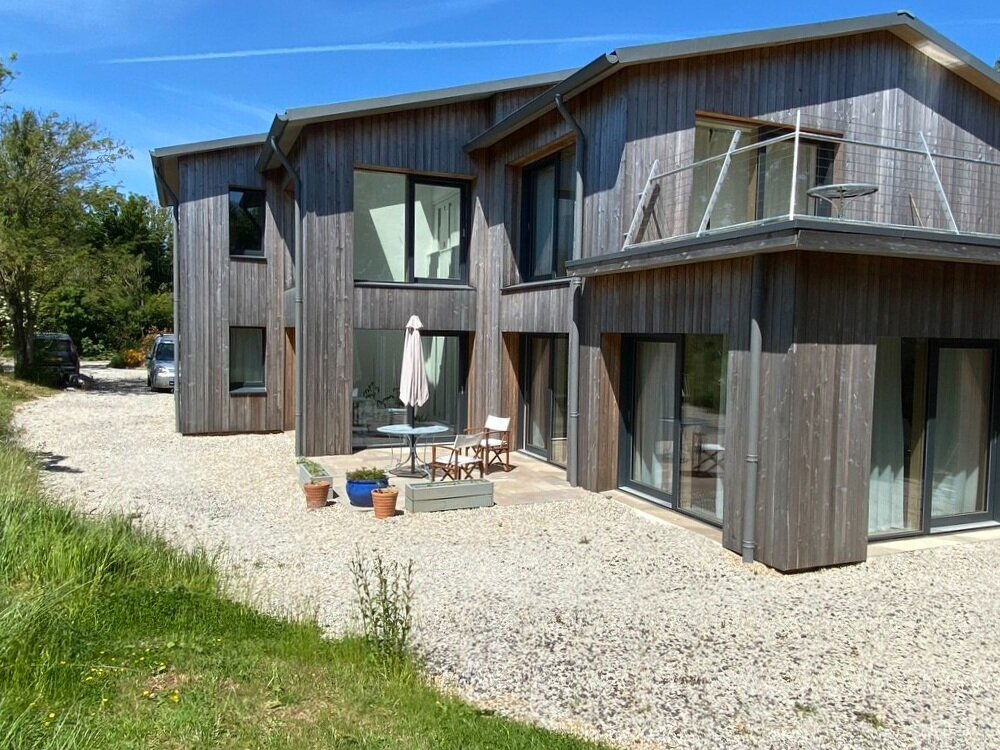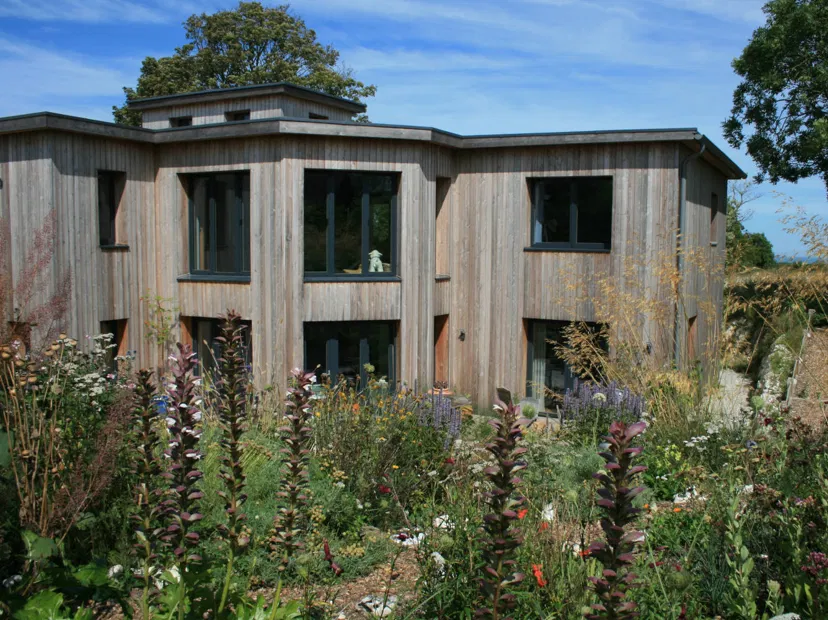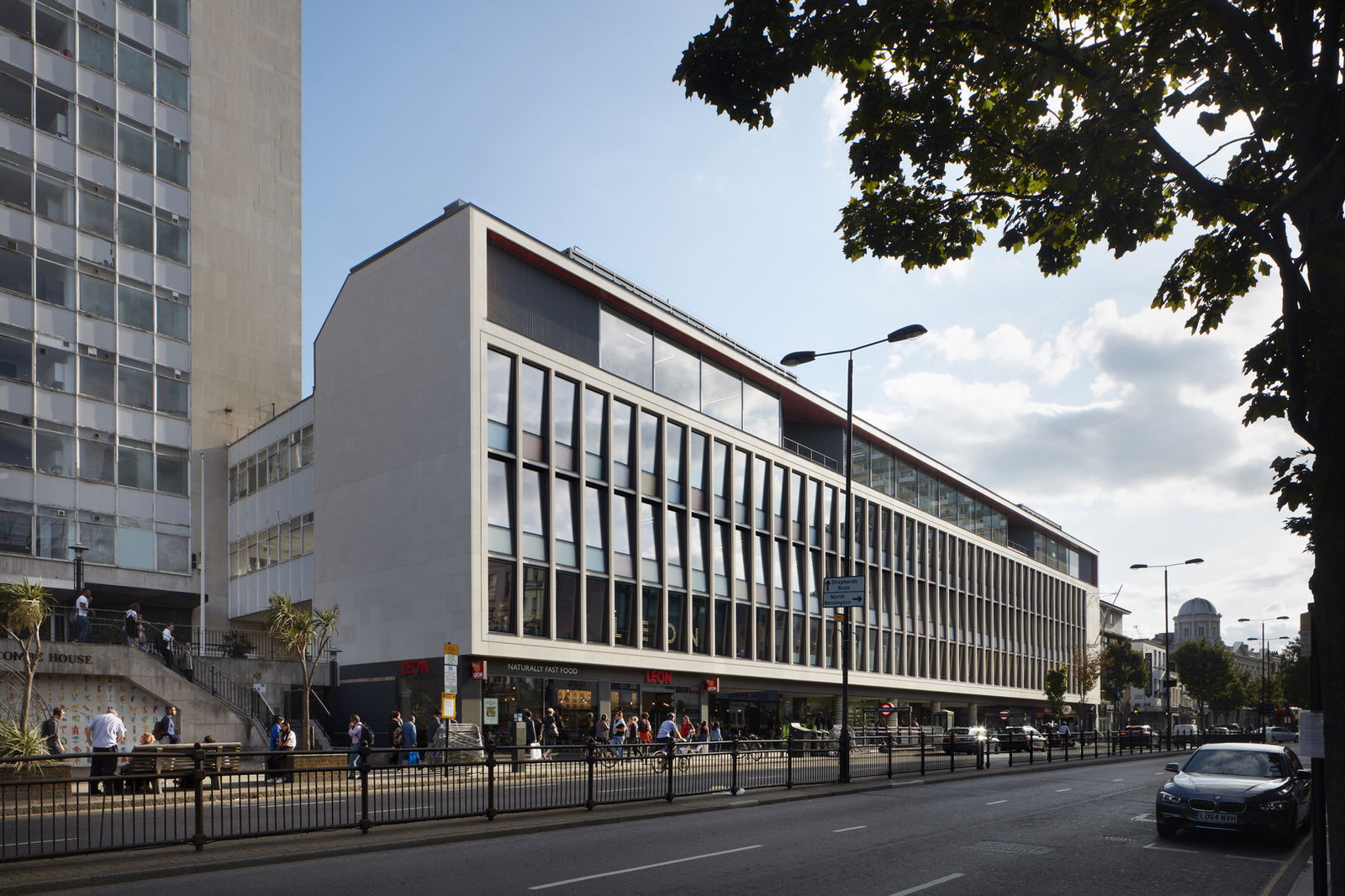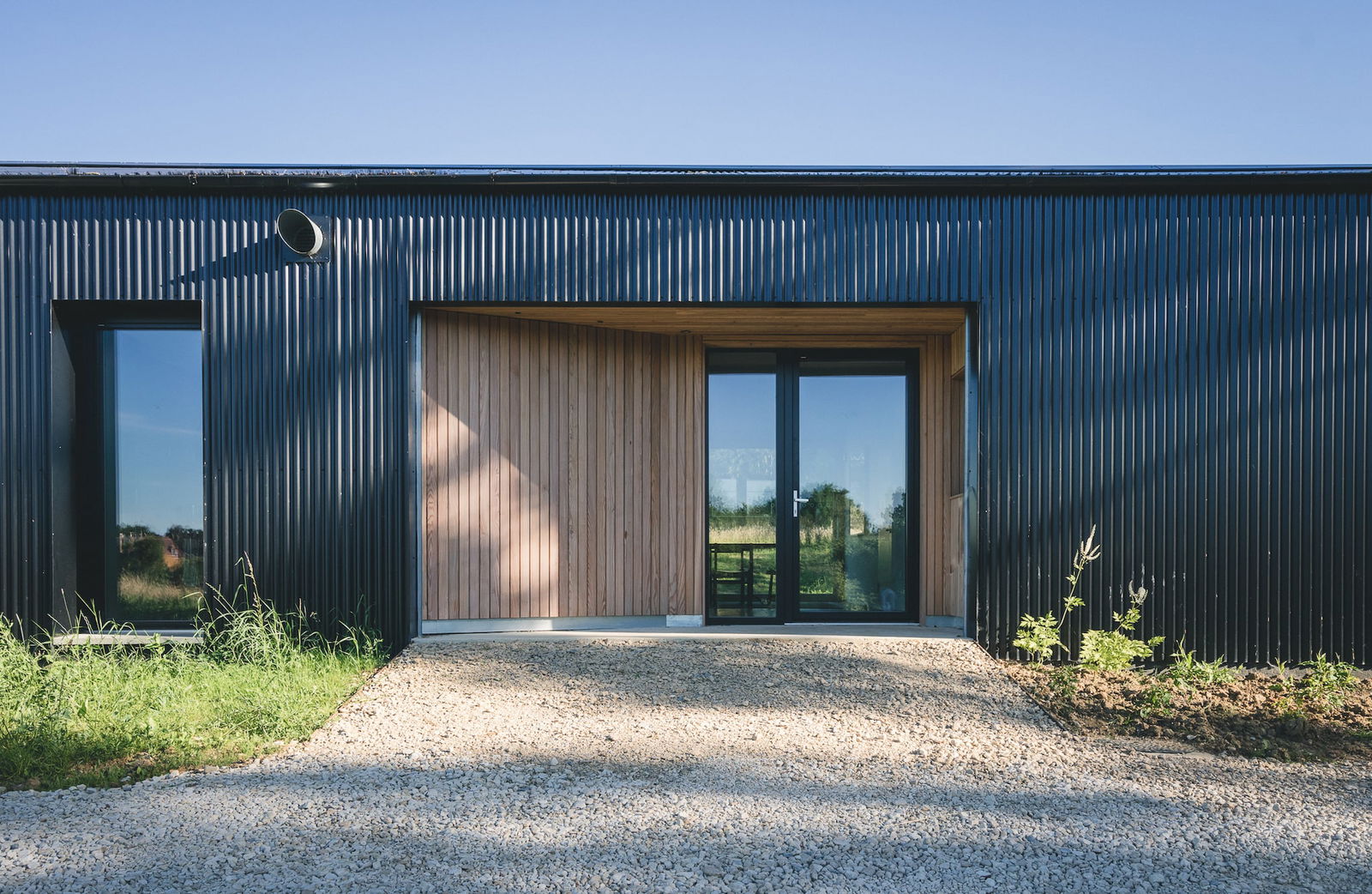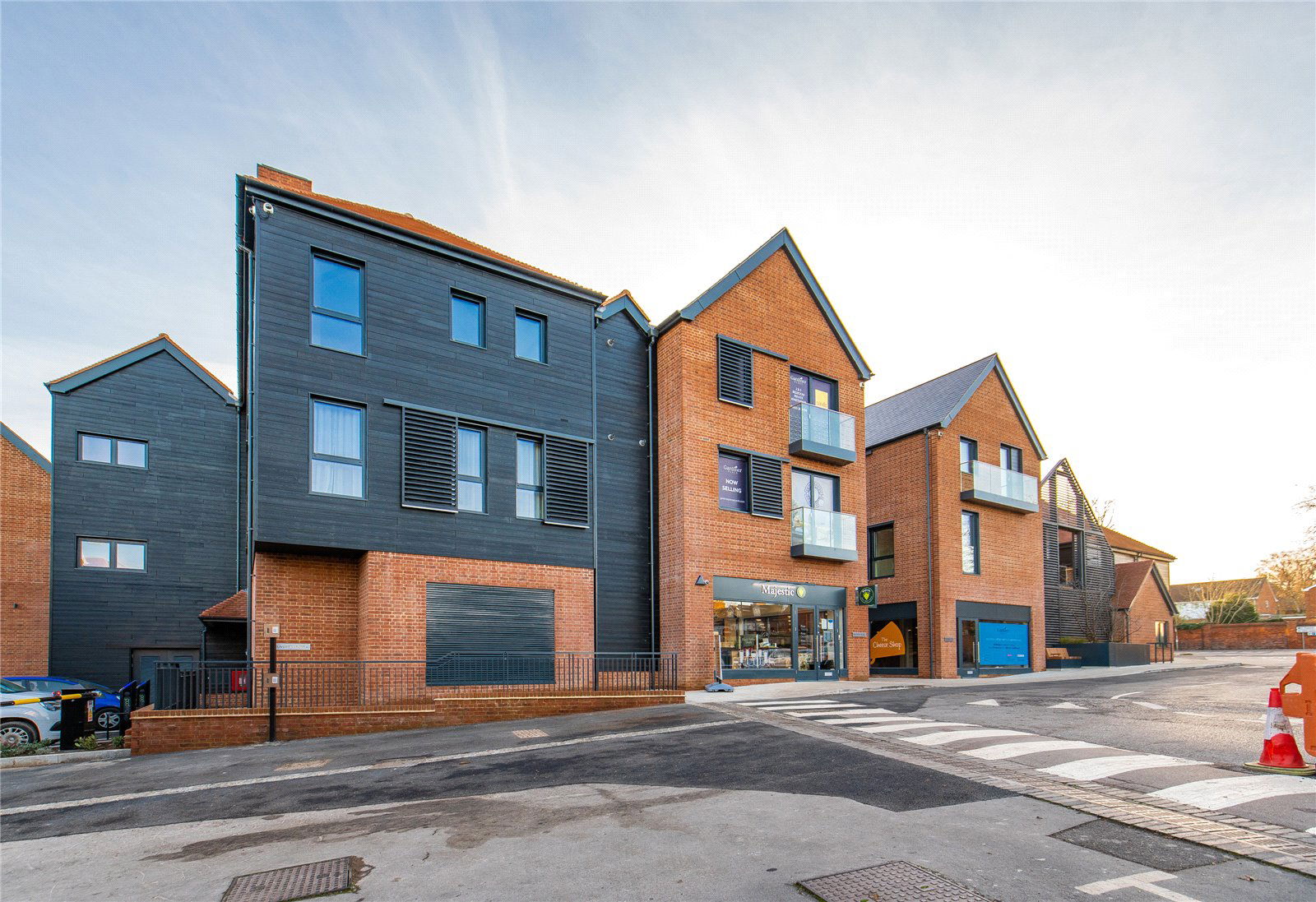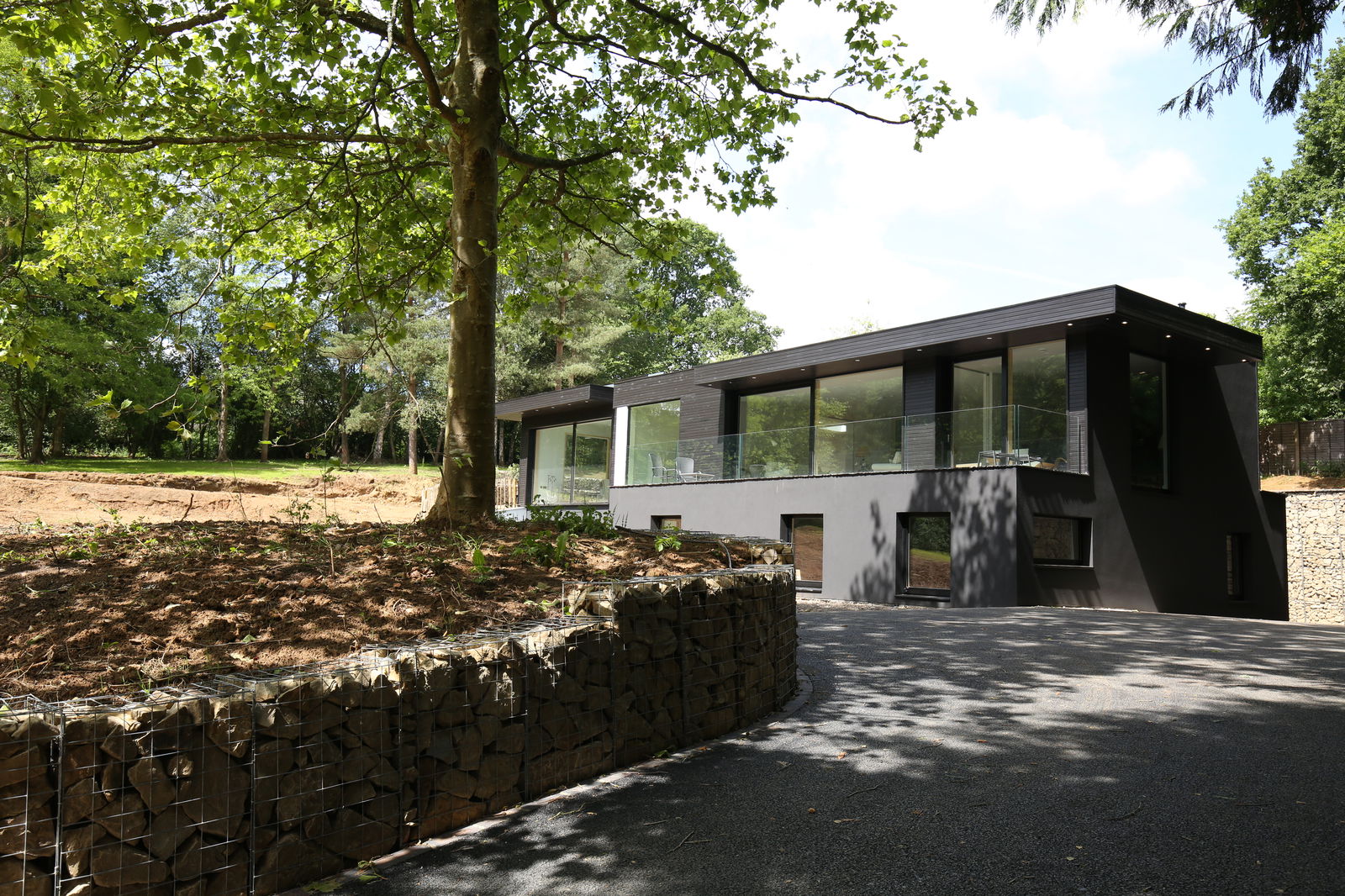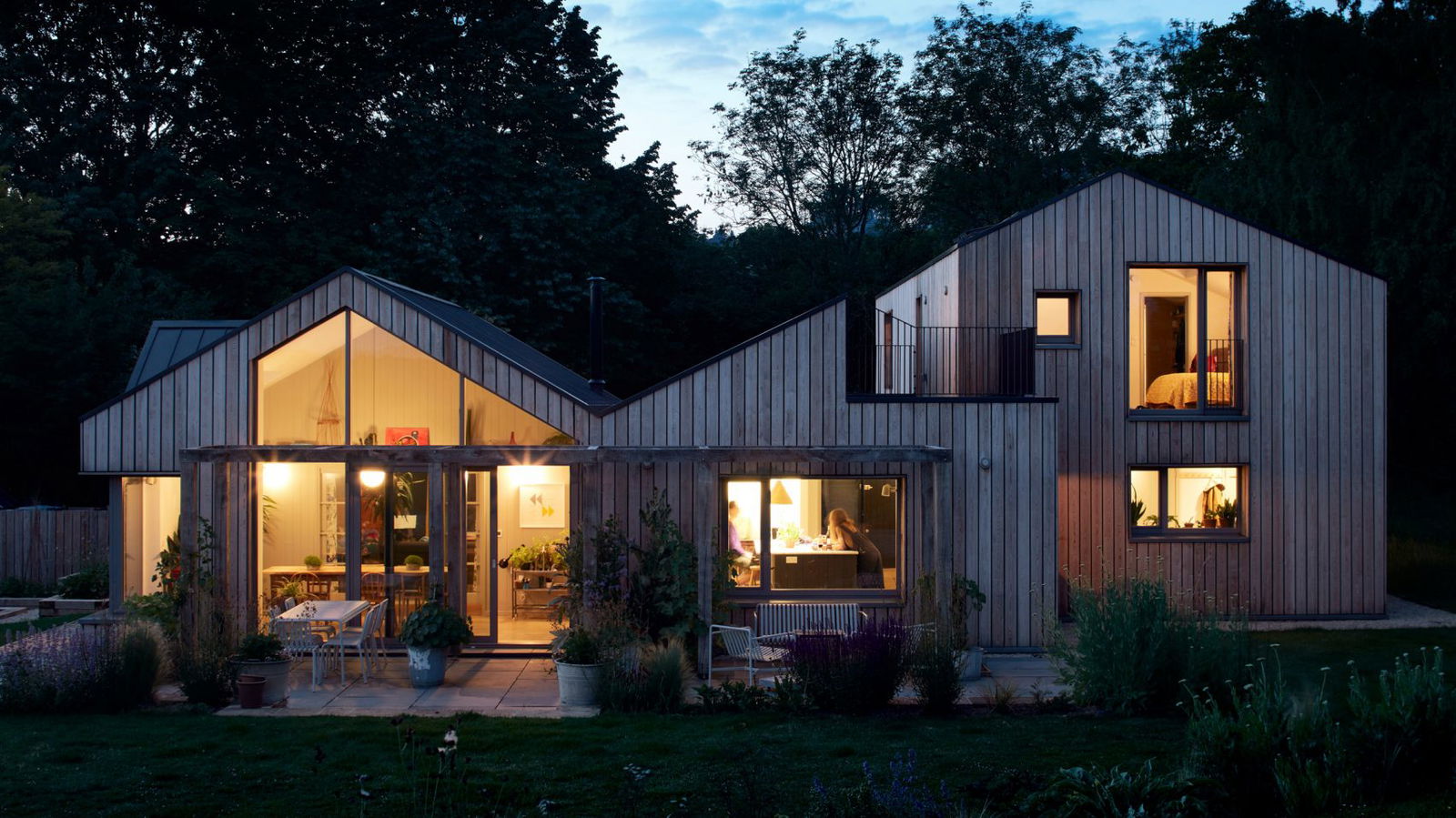1. Staying with Sash Windows
Sash windows slide vertically and typically consist of two panels — the top and bottom sashes — both of which can open for natural ventilation. They’re iconic in British architecture and especially suited to period homes and character apartments.
- ✅ Advantages:
- Top-and-bottom ventilation: Excellent for airflow, with warm air exiting the top and cool air entering from below.
- Ideal with fixed blinds: Since the panels slide, they don’t interfere with window treatments.
- Aesthetically consistent: Especially if your building has a uniform façade or heritage character.
- ❌ Downsides:
- Limited opening: Most modern sash replacements come with a restricted opening (typically around 125mm) due to building regulations or fall-prevention safety limits.
- External flyscreens: Not ideal for apartments on the first floor or higher, as removing screens for cleaning becomes difficult.
- Energy performance: Older or basic sash designs are less thermally efficient unless you invest in high-performance, double-glazed timber-aluminium units.
2. The Case for Tilt & Turn Windows
Tilt-and-turn windows offer two ways to open: a tilt-in mode at the top for gentle, secure ventilation, and a turn-in mode that swings the entire panel inward like a casement. They’re common in European design and increasingly popular in UK flats and new builds.
- ✅ Advantages:
- Superior energy performance: Multi-point locking and double/triple glazing options help achieve outstanding U-values.
- Easy to clean from inside: Ideal for flats on upper floors.
- Flexible ventilation: Use tilt mode for daily airflow and full turn mode for deep airing.
- Safe and secure: Lockable tilt mode means you can ventilate without compromising on security.
- ❌ Downsides:
- Blinds can be tricky: Conventional blinds may block the inward opening. Bottom-up or integrated blinds work better.
- More swing space needed inside: Especially in compact rooms, the turn-in feature may require rearranging furniture.
3. A Balanced Alternative: Tilt & Turn with Fixed Lower Panel
Some homeowners opt for a hybrid configuration — a fixed bottom panel with an inward-opening tilt-and-turn section at the top. This layout helps maintain visibility and privacy while still allowing for airflow and high energy efficiency.
- ✅ Advantages:
- Simpler and cheaper than full operable units
- Interior screens make maintenance a breeze
- Ideal for privacy in street-facing apartments
- ❌ Trade-off: You sacrifice the dual-opening airflow of sash windows and full accessibility of a large tilt-and-turn window.
So, Which Window is Best for Your Apartment?
It all comes down to priorities — are you aiming for heritage character or modern performance?
| Window Type | Airflow | Privacy | Ease of Cleaning | Blinds Friendly | Thermal Efficiency | Best For |
|---|---|---|---|---|---|---|
| Sash (Timber or Aluminium) | High | Moderate | Poor (external screens) | Excellent | Moderate (unless premium) | Period flats or heritage aesthetics |
| Tilt & Turn (uPVC/Aluminium) | High | Moderate | Excellent (from inside) | Requires adjustment | Very High | Energy-conscious homeowners |
| Tilt & Turn + Fixed Bottom | Moderate | High | Excellent | Excellent | High | Urban apartments, privacy-focused |
🛠️ Expert Advice from AT-ECO
At AT-ECO Windows & Doors, we understand the balance between architectural harmony and modern performance. Whether you're replacing tired old sashes or planning a full apartment upgrade, we supply and install bespoke solutions from Internorm, Drutex, Schüco, Reynaers and Uniform, and other premium manufacturers.
All our installations are carried out by FENSA-certified professionals, ensuring safety, compliance, and peace of mind.
👀 Considering Privacy or Shade?
- Integrated blinds inside the glazing units
- Solar-control glazing to reduce overheating
- Acoustic glass for quieter urban living

